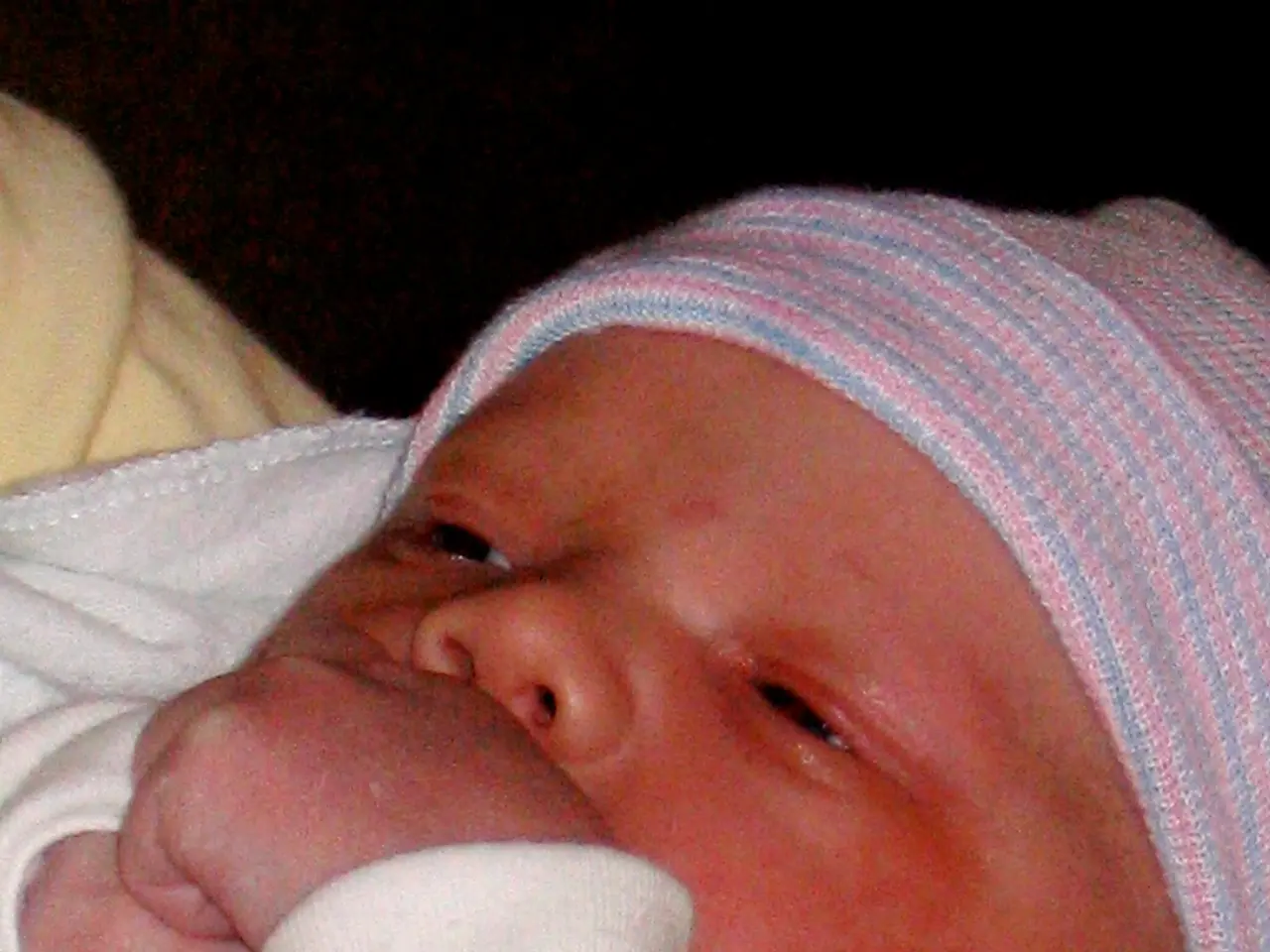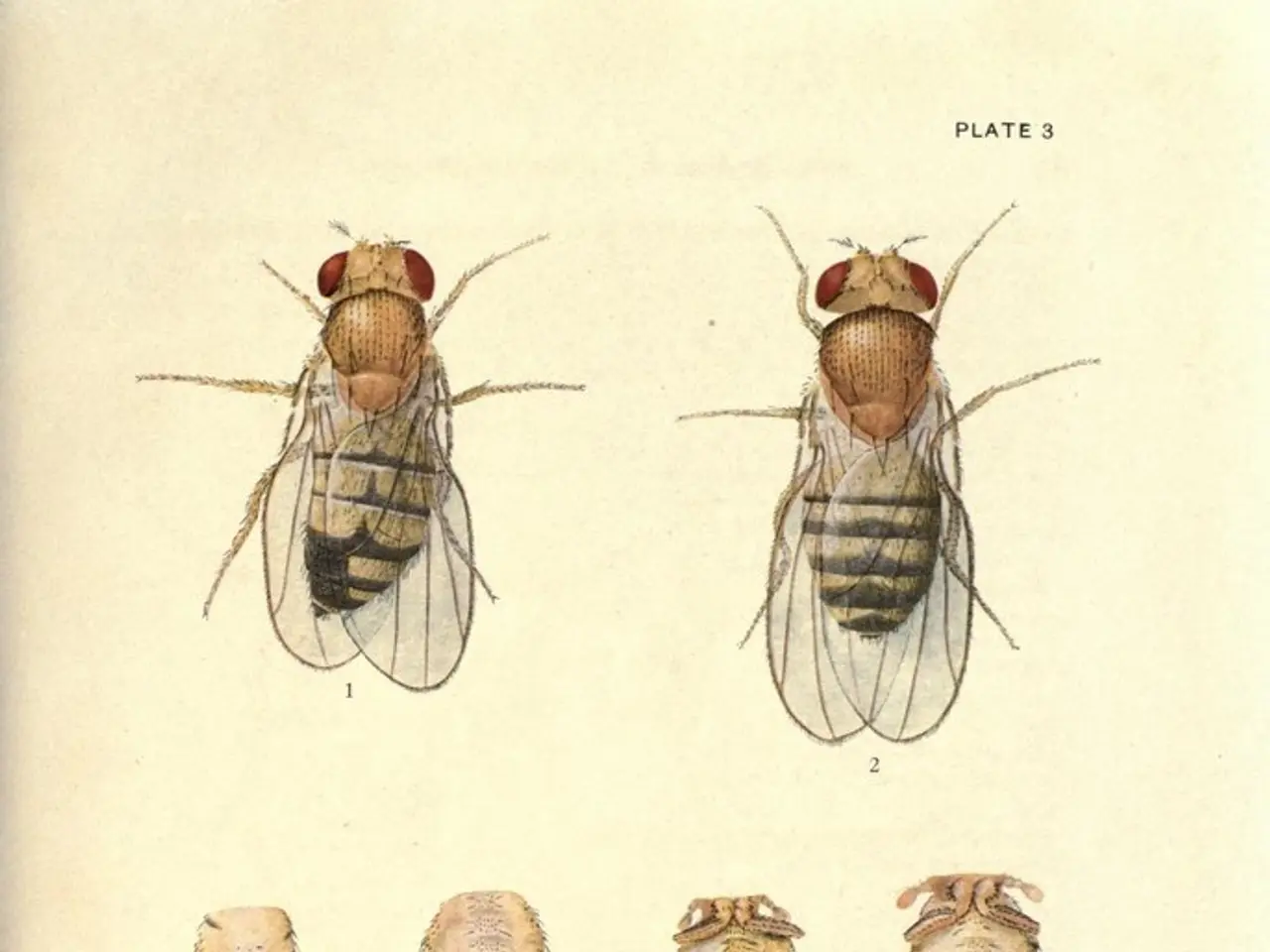Dry Infant Scalp: Remedies and Origins
**Managing Cradle Cap at Home: A Guide for Parents**
Cradle cap, also known as infantile seborrheic dermatitis, is a common and harmless skin condition that affects many babies[1][3]. While it usually resolves on its own, there are several simple, gentle home remedies that can help manage mild to moderate cases.
### Home Care Strategies
- **Oil Massage**: Gently massage a small amount of clean, natural oil (such as jojoba, almond, coconut, or olive oil) into the affected area. Allow the oil to sit for about 15 minutes, then gently brush off the flakes with a soft brush or terry cloth towel. Follow with a thorough shampooing to ensure no oil remains, as leftover oil could worsen the condition[1]. - **White Petroleum Jelly**: Applying white petroleum jelly daily can soften scales, making them easier to brush away. Regular washing with a mild baby shampoo is also recommended[1]. - **Organic Salves**: Some parents use organic salves containing shea butter, hemp, calendula, and lavender to soothe and nourish the baby’s scalp. These are generally gentle and free from harsh chemicals[3]. - **Gentle Shampooing**: Regularly washing the baby’s scalp with a mild, fragrance-free baby shampoo can help prevent buildup of skin cells and oil[1]. - **Soft Brushing**: Using a soft brush to gently loosen scales and flakes on a baby's scalp can be beneficial[2].
### What to Avoid
- **Adult Dandruff or Coal Tar Shampoos**: These can be too harsh for a baby’s delicate skin and may cause irritation[1]. - **General Moisturizing Lotions**: These are not typically recommended, as they may contain fatty acids that could worsen cradle cap[1]. - **Olive Oil Controversy**: There is some debate about olive oil’s effect on the skin barrier, with some studies suggesting it could disrupt the skin’s natural protection. Alternative oils (jojoba, almond, coconut) may be preferable[1].
### When to Seek Medical Advice
Most cases of cradle cap can be managed at home, but if the condition becomes severe, persistent, spreads beyond the scalp, or shows signs of infection (increased redness, swelling, pus, or pain), consult a healthcare provider for evaluation and possible prescription treatments[1].
---
> **Summary:** > Gently massaging natural oils into a baby's scalp, using soft brushes, and regular shampooing can help manage mild to moderate cradle cap. Avoid harsh products and scratching. Persistent or severe cases should be evaluated by a doctor[1][3].
[1] National Eczema Society. (2021). Cradle cap. Retrieved from https://www.eczema.org/skin-conditions/cradle-cap/
[2] American Academy of Dermatology. (2021). Cradle cap. Retrieved from https://www.aad.org/public/diseases/a-z/cradle-cap-treatment
[3] Mayo Clinic. (2021). Cradle cap. Retrieved from https://www.mayoclinic.org/diseases-conditions/cradle-cap/symptoms-causes/syc-20355666
- Using gentle home remedies such as oil massage with jojoba, almond, coconut, or olive oil, white petroleum jelly application, organic salves, and mild, fragrance-free baby shampoo can aid in the care of cradle cap.
- Home skin-care measures like soft brushing of a baby's scalp with a gentle brush and regular shampooing can prevent buildup of skin cells and oil, contributing to cradle cap management.
- Additionally, the use of eczema-focused health-and-wellness products like shea butter, hemp, calendula, and lavender-infused organic salves can provide soothing relief to the affected area.
- However, it is essential to avoid harsh adult dandruff shampoos, coal tar shampoos, and general moisturizing lotions that could potentially worsen the condition of cradle cap.




